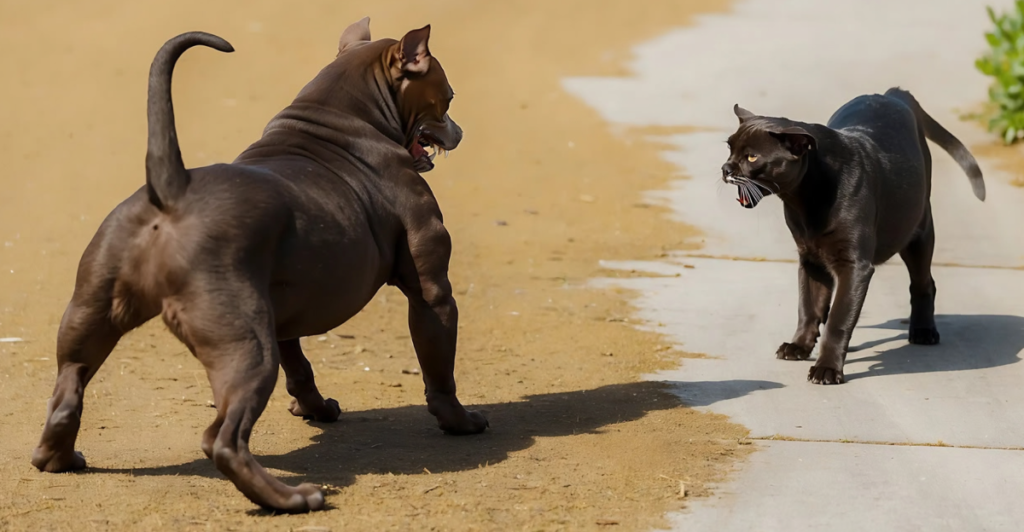
Dogs and cats may both be popular pets, but not all breeds are built for harmony. While some dogs are gentle and accepting of feline companions, others see cats as prey, rivals, or simply annoying housemates. This often comes down to a breed’s instincts, whether they were developed for herding, hunting, or guarding.
These natural drives can make it difficult, if not impossible, for certain dogs to live peacefully with cats. Without proper training and early socialization, tensions can quickly escalate. If you’re thinking about adding a dog to a cat-friendly home, or vice versa, knowing which breeds are most likely to clash with cats is very important. Let’s take a look at nine dog breeds that can’t stand cats.
1. Greyhound
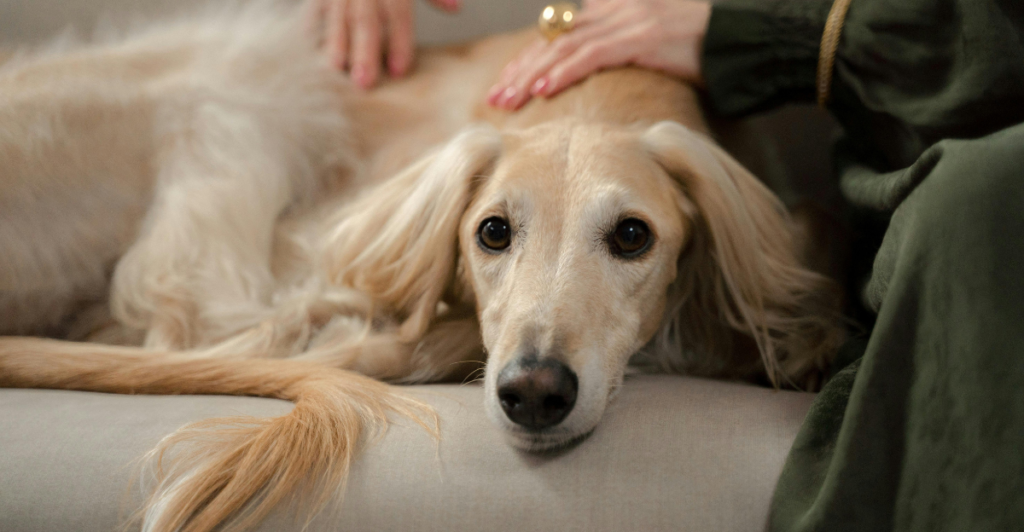
Greyhounds are one of the fastest dog breeds in the world. These stunning dogs were originally bred to spot and hunt small animals in wide open fields. Because of their background, they are hardwired to react swiftly to movement, especially something small and quick like a cat. Unfortunately, that chase instinct doesn’t go away.
Greyhounds might be gentle and calm indoors, but the moment a cat steps into the room, instinct can override all training. Although some Greyhounds can coexist peacefully with cats, it requires intense early socialization and supervision, and even then, success isn’t guaranteed. Their natural tendencies make them a risky choice for cat-owning households.
2. Jack Russell Terrier
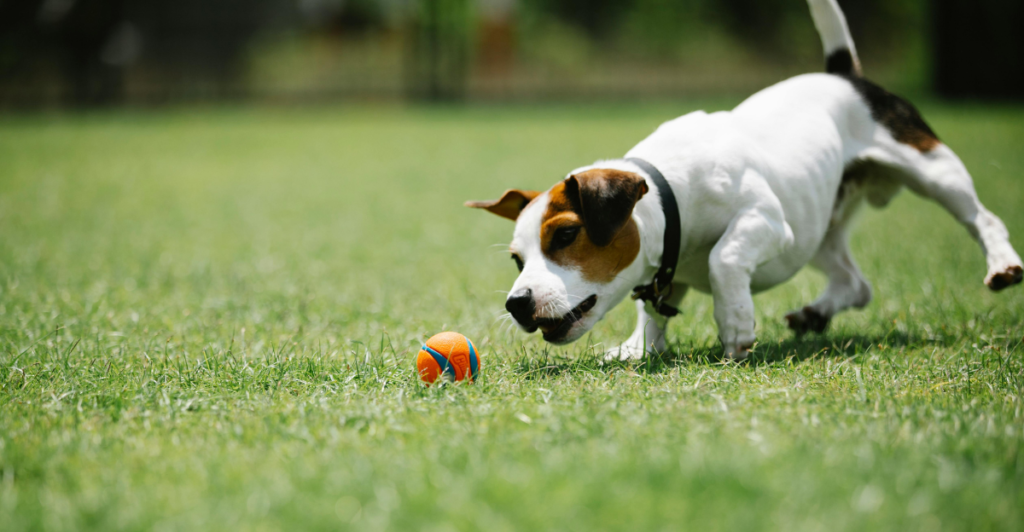
The Jack Russell Terriers packs a big personality into a small body. These adorable but feisty dogs were bred for fox hunting and are fearless, high-energy, and incredibly determined. Their prey drive is among the strongest of any small dog breed, and this can spell disaster in a home with a cat.
If you try to raise a Jack Russell with a cat, chances are that daily life will turn into a battleground of chases and stress. Jack Russells are also known for being independent and stubborn, meaning training can only go so far. While it’s possible for them to tolerate a cat if they’ve been raised together, peaceful coexistence often requires constant reinforcement, boundaries, and a lot of patience from pets and owners.
3. Weimaraner
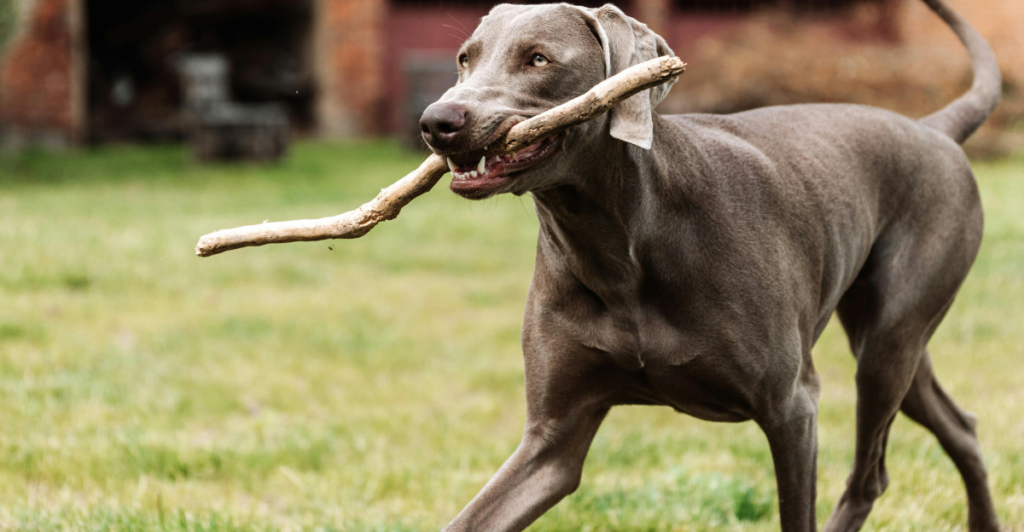
Weimaraners are sleek and strong dogs that were originally bred to track and hunt big game like deer and boar. This drive does not fade or disappear in a domestic setting; it just finds new outlets. Unfortunately, a cat may look a lot like prey to a Weimaraner, especially if they were not raised together.
These dogs are alert, quick, and often single-minded in pursuit once they lock onto something. Their size and strength make them a serious threat to smaller pets, even during “play.” Though they can form bonds with animals they grow up with, surprises and unpredictable feline movements could provoke a response. Constant management is very important if you’re mixing this breed with cats.
4. Siberian Husky
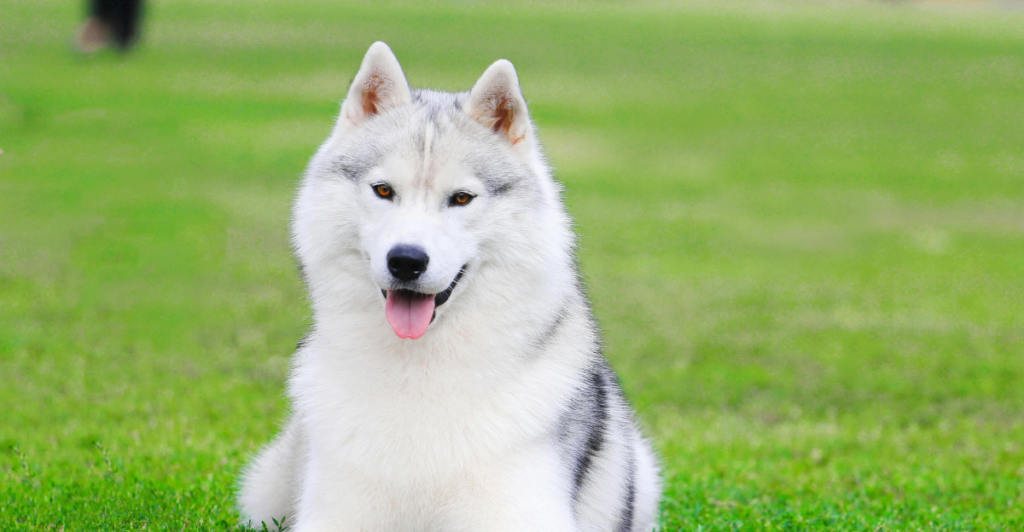
Siberian Huskies may look like gentle snow dogs, but they were bred for hard work and survival in harsh conditions. They’re known for their independence, energy, and especially their prey drive. Many Huskies see small animals, including cats, as things to chase or catch.
Even if they seem friendly, a sudden bolt from a cat can flip a switch in their brain, which can lead to unpredictable or dangerous behaviors. Some Huskies have successfully cohabitated with cats through very early, consistent socialization. But overall, this breed tends to do better in dog-only households.
5. Australian Cattle Dog

Australian Cattle Dogs are natural herders and will instinctively try to control anything that moves, including cats. They’re not usually aggressive, but their herding behavior can involve chasing, circling, and nipping at the heels, which can be terrifying for a cat.
These dogs are very intelligent and driven, but their need to herd can overwhelm quieter pets. Training can redirect some of that energy, but it takes consistency, supervision, and a good deal of structure to prevent problems. For homes with shy or older cats, this breed may not be ideal unless they have been raised together from a very early age with lots of boundaries and positive reinforcement.
6. Border Collie
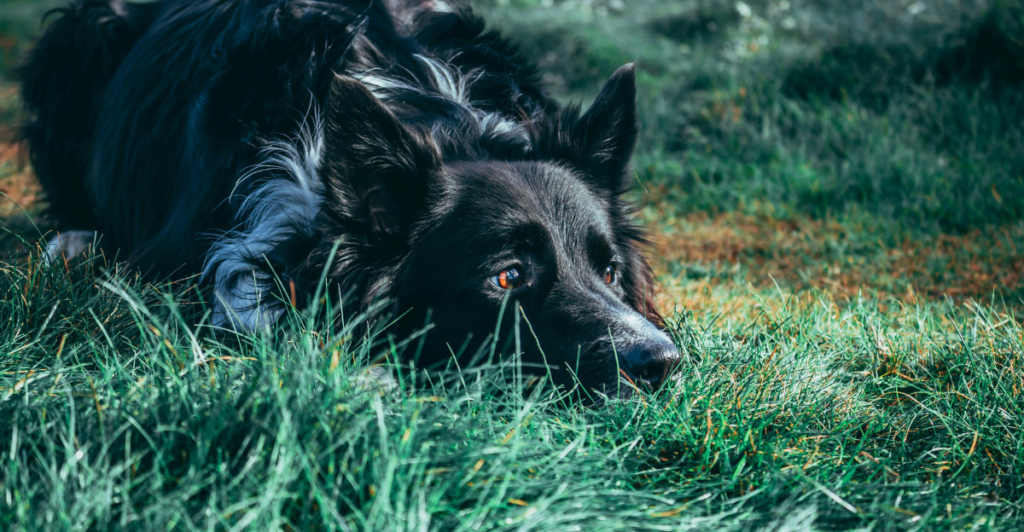
Border Collies are incredibly smart and love to take control of their surroundings, especially anything that moves. This often leads them to herd, stare at, or chase cats, even if they don’t mean any harm. Their intense focus can feel overwhelming to cats who want to be left alone.
Because Border Collies need a lot of mental and physical activity, they may turn their energy toward the household cat if they’re bored or under-stimulated. Even with training, their strong herding instinct can make it tough for them to live peacefully with feline companions.
7. Beagle
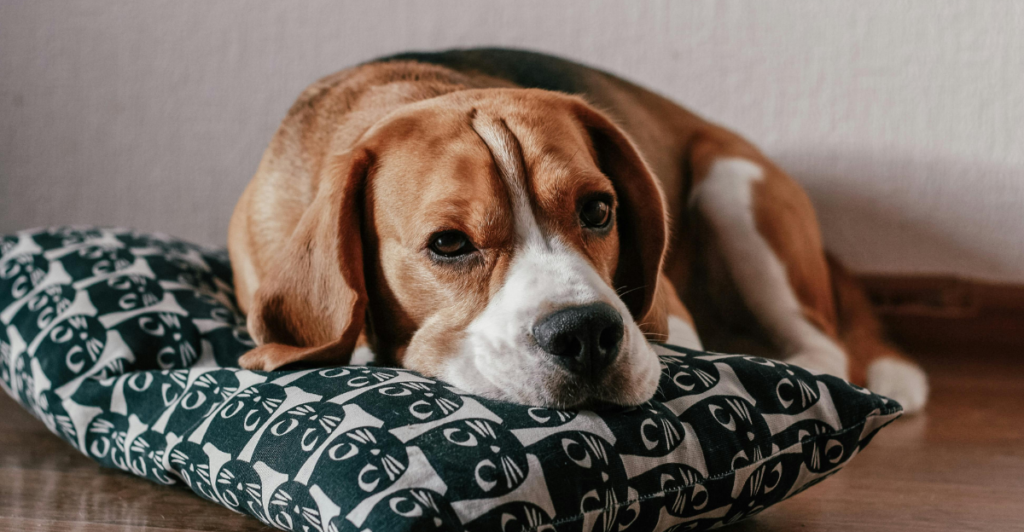
Beagles have an incredible sense of smell and were bred to track small animals through thick brush. To a Beagle, a cat often falls into that same small-animal category. While they’re usually not aggressive, once they pick up a cat’s scent, their urge to follow and investigate kicks in.
Beagles are hard to distract when they’re in tracking mode, which can be frustrating for cats that prefer quiet and space. On top of that, Beagles are loud and full of energy, which are traits that can stress out most cats. Some Beagles can learn to live with cats, especially if they grow up together, but their strong hunting instinct makes it a tricky match.
8. Scottish Deerhound
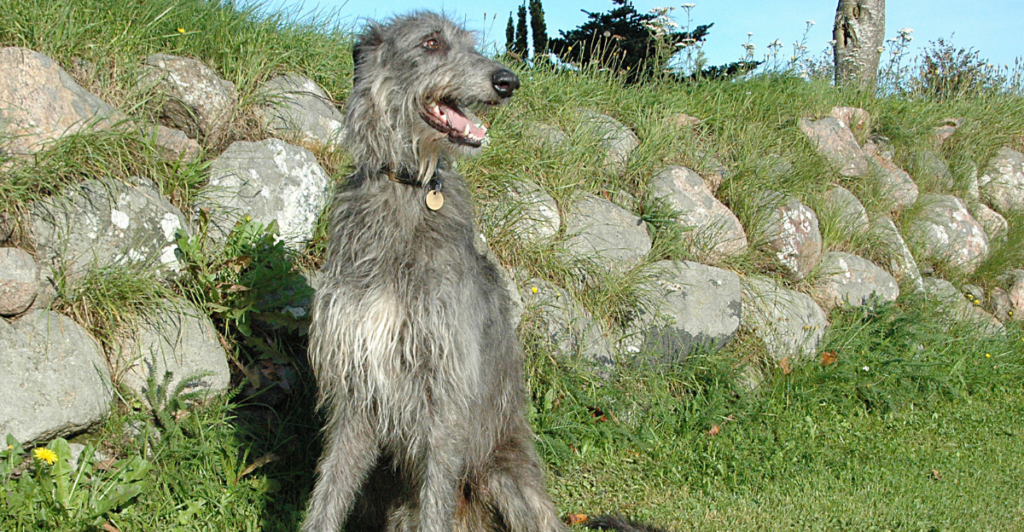
Scottish Deerhounds are large, gentle dogs with a long history of hunting deer by sight. Their instinct to chase other animals is still strong, making them a risky choice for homes with small pets like cats. Even if a Deerhound is calm and loving toward people, the sudden movement of a cat can trigger their chase reflex.
While early socialization might help, their natural prey drive is hard to fully control. Because of their size and strength, even a playful move could unintentionally harm a cat. For this reason, Deerhounds are usually better off in homes without smaller animals unless they’ve been raised together from a young age and were carefully trained.
9. Samoyed

Samoyed are famous for their friendly personality and stunning coats, but these fluffy dogs are full of energy, curiosity, and determination. Their lively nature often leads them to chase or pester other housemates, including cats.
They may not have the same prey drive as other dogs on this list, but their playful antics can be overwhelming for cats who enjoy their alone time. Without firm boundaries, a Samoyed can easily stress out a feline companion with nonstop attention. While some Samoyeds can learn to respect a cat’s space, doing so requires early socialization, consistent training, and lots of patience.
Explore more of our trending stories and hit Follow to keep them coming to your feed!

Don’t miss out on more stories like this! Hit the Follow button at the top of this article to stay updated with the latest news. Share your thoughts in the comments—we’d love to hear from you!







